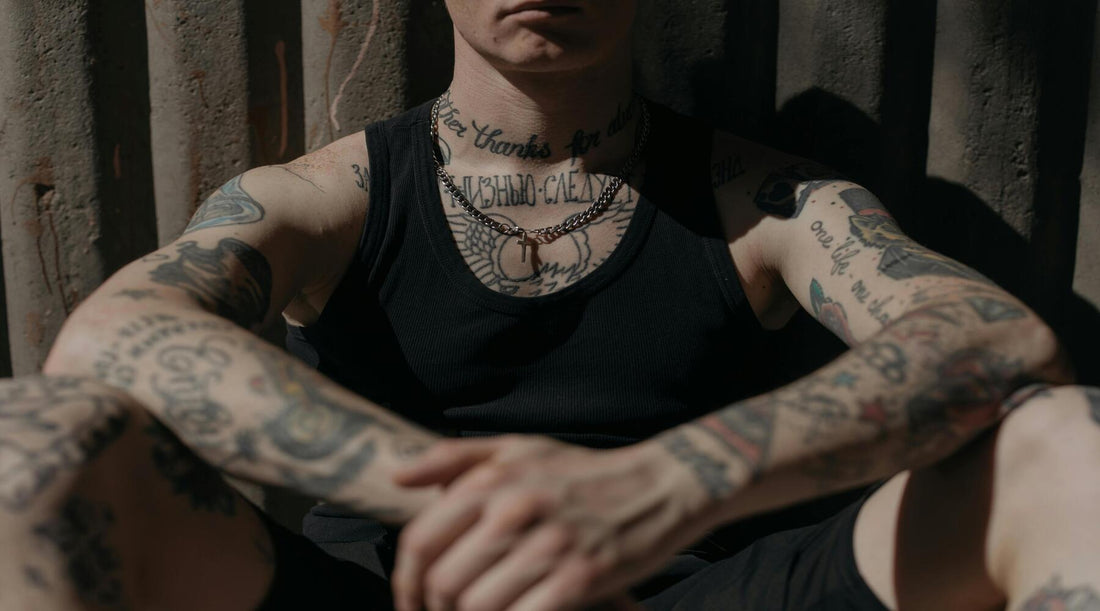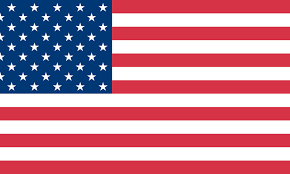How Much Does a Tattoo Cost and How to Save on It?

Tattoos are a fantastic way to express yourself, but they can also be quite an investment. If you've ever wondered how much a tattoo would set you back or are looking for ways to save some cash while still getting inked, you're in the right place. In this blog post, we'll break down the factors that affect tattoo costs and share some tips on how to keep expenses manageable without compromising on quality.

What Affect the Tattoo Cost?
When it comes to getting a tattoo, several factors come into play that can influence the overall cost. Understanding these factors can help you make more informed decisions and potentially save money.
1. Sizes of the Tattoo
The size of your tattoo is one of the most direct factors affecting the cost. Larger tattoos require more time, effort, and materials, leading to higher prices. A small wrist tattoo might only take 15 minutes, while a full back piece could take multiple sessions and many hours to complete. Generally, the bigger the tattoo, the heftier the price tag.

2. Complexity and Detail
Intricate designs with lots of detail will cost more than simpler ones. Detailed artwork requires precision, skill, and extra time from the artist. For example, a realistic portrait with shading and fine lines will be pricier than a basic silhouette or geometric shape. Complexity isn't just about visual elements; it also includes intricate linework and color blending.

3. Body Part
Where you decide to get your tattoo can also impact the cost. Some body parts are easier to tattoo than others. Areas like the upper arm or thigh provide flat surfaces and are generally less expensive to ink. Conversely, places like the ribs, hands, and feet are more challenging and painful to tattoo, often resulting in higher costs.

4. Ink Colors
Using multiple colors in your tattoo design can increase the price. Black ink is usually the standard and least expensive option. However, adding colors requires different inks, needles, and more time to ensure proper shading and gradient effects. Custom color palettes and vibrant hues will definitely add to your total bill.

5. Experienceand Reputation of the Artist
The experience and reputation of the tattoo artist play a significant role in pricing. Renowned artists with extensive portfolios and high demand can charge premium rates. While opting for a seasoned professional may be more expensive, it often ensures better quality and safety. On the other hand, newer artists or those still building their clientele might offer lower rates.
6. Geographic Location
The location of the tattoo studio also affects pricing. Tattoo shops in big cities or high-cost-of-living areas tend to charge more than those in smaller towns. The competition and local economy can drive up prices in certain regions. It's always a good idea to compare prices from studios in different areas if you're willing to travel a bit.
7. Studio Quality and Hygiene
A clean, well-maintained studio with high hygiene standards is crucial for a safe tattooing experience. High-quality studios invest in sterilized equipment, disposable needles, and professional-grade inks, which can inflate the costs. While cheaper options might seem tempting, compromising on hygiene can lead to infections and additional medical expenses.
8. Custom Style Flash Designs
Choosing between a custom design and a flash (pre-designed) tattoo can also impact the cost. Custom tattoos involve consultations, unique designs tailored to your preferences, and often cost more due to the personalized effort involved. Flash designs, readily available in the studio's portfolio, are quicker and usually less expensive since they don't require custom work.

Common Tattoo Pricing Structures
Tattoo studios typically use different pricing structures to quote their services. Familiarizing yourself with these can help you anticipate costs.
1. Hourly Rates
Many tattoo artists charge by the hour, especially for larger and more complex pieces. Hourly rates can range significantly based on the artist's experience and location but generally fall between $100 to $300 per hour. This structure is common because it accounts for the varying time required to complete different designs.
2. Flat Rates
For simpler, smaller tattoos, some artists offer flat rates. This means you'll pay a fixed amount regardless of how long the tattoo takes to complete. Flat rates are beneficial when you have a clear idea of what you want, and the design is simple. This pricing method is transparent and helps avoid surprises.
3. Minimum Charges
Tattoo studios often have minimum charges to cover their basic operational costs. Even if you want a tiny tattoo that takes only 10 minutes, the studio may have a minimum fee ranging from $50 to $100. This ensures that the artist's time and resources are fairly compensated, even for small jobs.
Are there Any Extra Costs or Fees After Get Inked?
Getting a tattoo isn't just a one-time expense. Additional costs can arise, so it's essential to be prepared.
1. Aftercare Products
Proper aftercare is crucial for healing and maintaining your tattoo. You might need specialized creams, ointments, or moisturizers recommended by your artist. These products aren't usually included in the initial cost and can add up.

2. Touch-Ups
Over time, tattoos can fade or lose detail. Many artists offer free touch-ups within a specified period, but not all do. If your tattoo needs refreshing later, it could incur additional costs. Always check your artist's touch-up policy.
3. Medical Costs
While rare, infections or allergic reactions can occur, leading to medical expenses. Choosing a reputable studio minimizes this risk, but it's wise to factor in potential medical costs just in case.
4. Sunscreen
Keeping your tattoo protected from the sun is vital to prevent fading and damage. Investing in high-SPF sunscreen designed for tattoos can be an added expense but is essential for long-term maintenance.
5. Tipping the Artist
Tipping is customary in the tattoo industry, usually ranging from 15% to 20% of the total cost. This shows appreciation for the artist's skill and effort, and should be included in your budget.
6. Tattoo Removal
If you ever decide to remove or alter your tattoo, laser removal treatments can be expensive and time-consuming. This is a significant extra cost to consider before committing to permanent ink.
How to Save on the Tattoo Costs
If you're on a budget but still want a beautiful tattoo, here are some tips to help you save money.
1. Choose Simpler Designs
Opting for simpler designs can significantly reduce costs. Less intricate tattoos take less time and are easier to execute. Discussing your budget with your artist can help you find a design that suits both your taste and wallet.

2. Researchand Compare
Don't settle on the first studio you find. Research multiple artists and studios, compare their portfolios, and read reviews. Sometimes traveling a bit further can save you money without compromising quality.
3. Consult Before Get Inked
Consultations are crucial. They allow you to discuss your ideas, get accurate quotes, and understand the process. Many artists offer free consultations, helping you plan better and avoid unexpected costs.
4. Avoid Bargain Hunting
While it might be tempting to choose the cheapest option, bargain hunting can lead to poor quality and health risks. Instead, look for value—high quality at a reasonable price. Remember, a tattoo is a lifelong investment.
5. Try Temporary Tattoo First
Temporary tattoos can help you decide whether a design or style suits you. If you own a temporary tattoo stencil printer and thermal transfer paper, such as the those reliable tattoo printers from Munbyn, you can print and try out designs that suit you the most.
These printers are safe and skin-friendly, allowing you to customize and experiment until you find the perfect design for a permanent tattoo. This means changing styles and designs is easy, ensuring satisfaction before committing to permanent ink.
Conclusion
Getting a tattoo is an exciting journey, but it's also one that requires careful financial planning. Just remember, investing in quality and safety is crucial, so while saving money is important, don't compromise on the essentials. With thoughtful consideration and smart choices, you can enjoy a beautiful piece of art that you'll cherish for a lifetime without breaking the bank.


